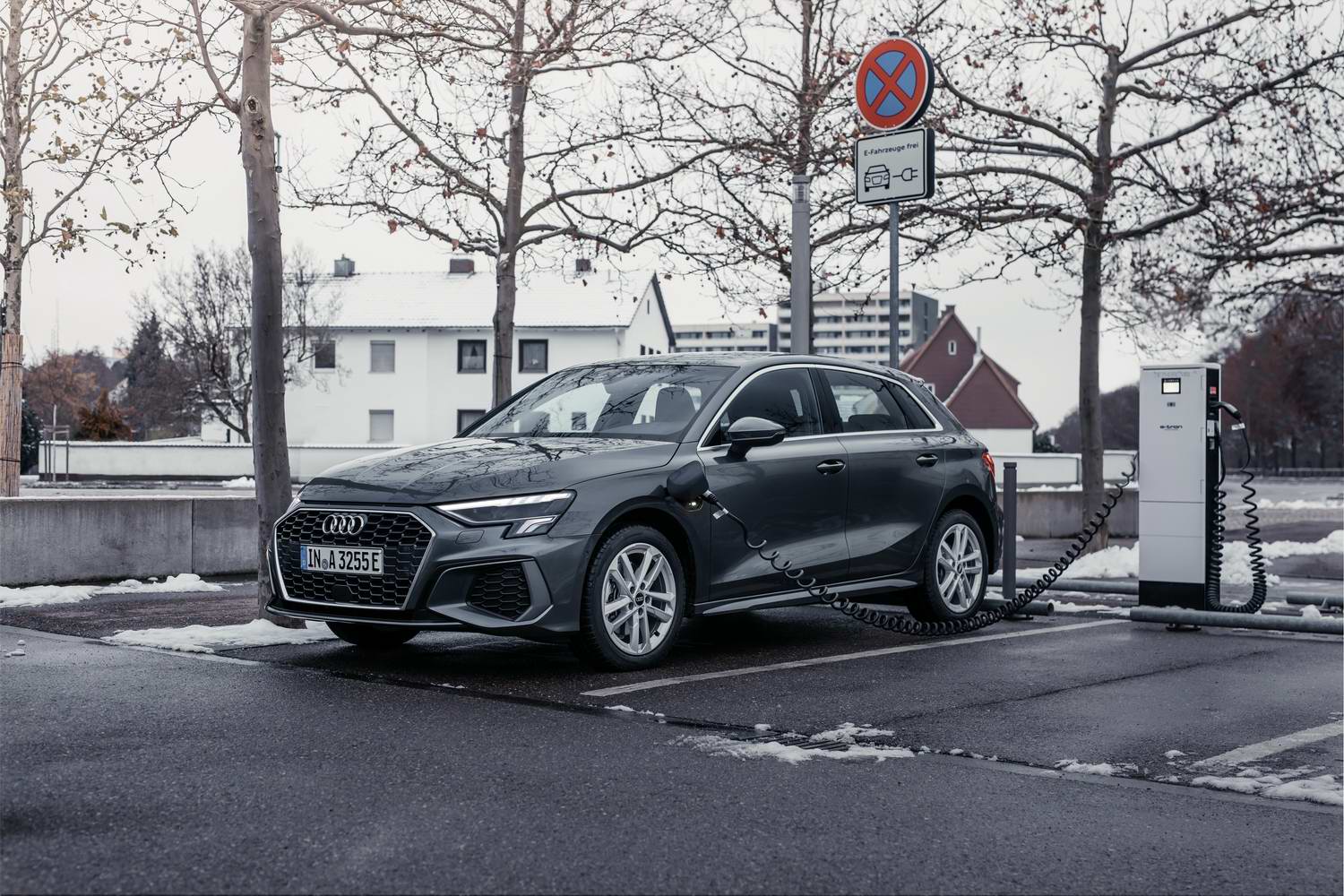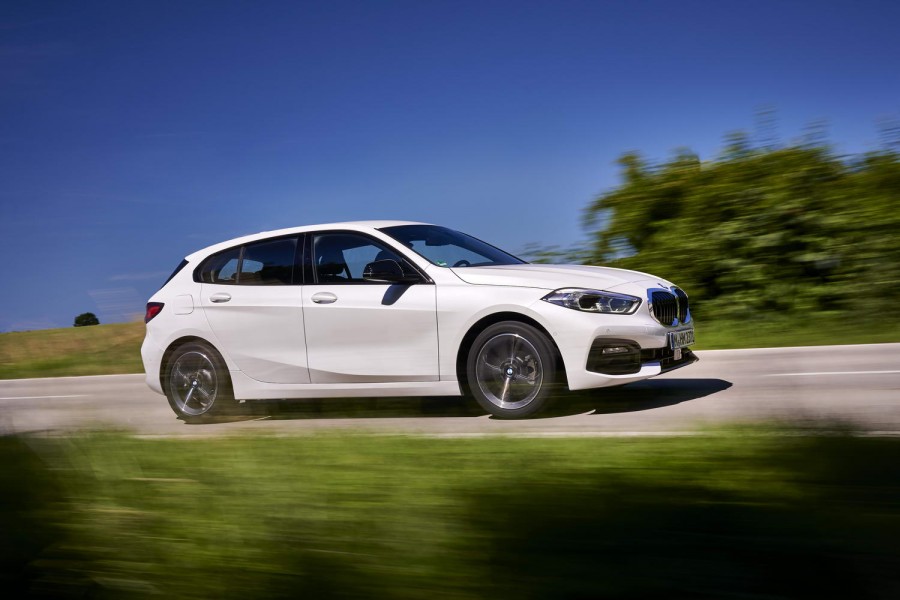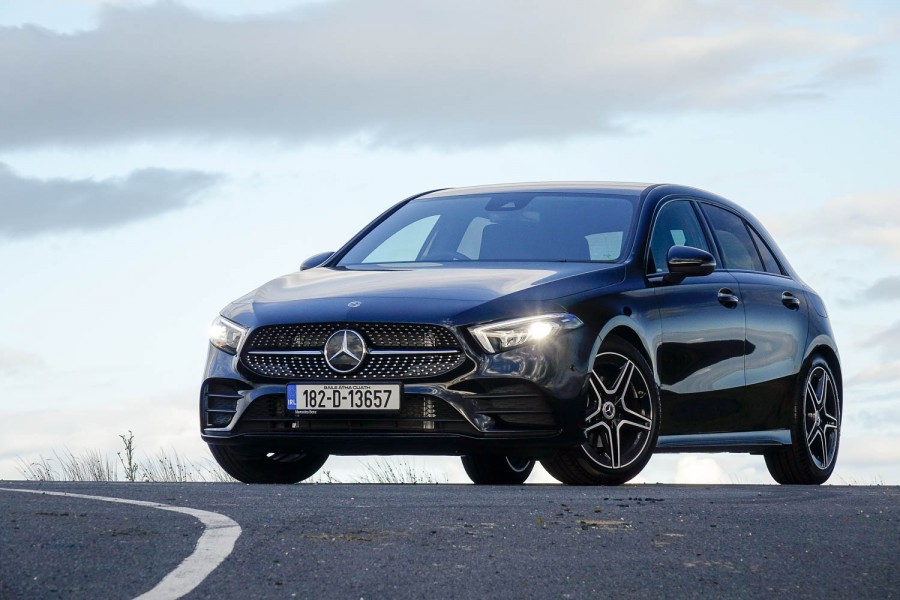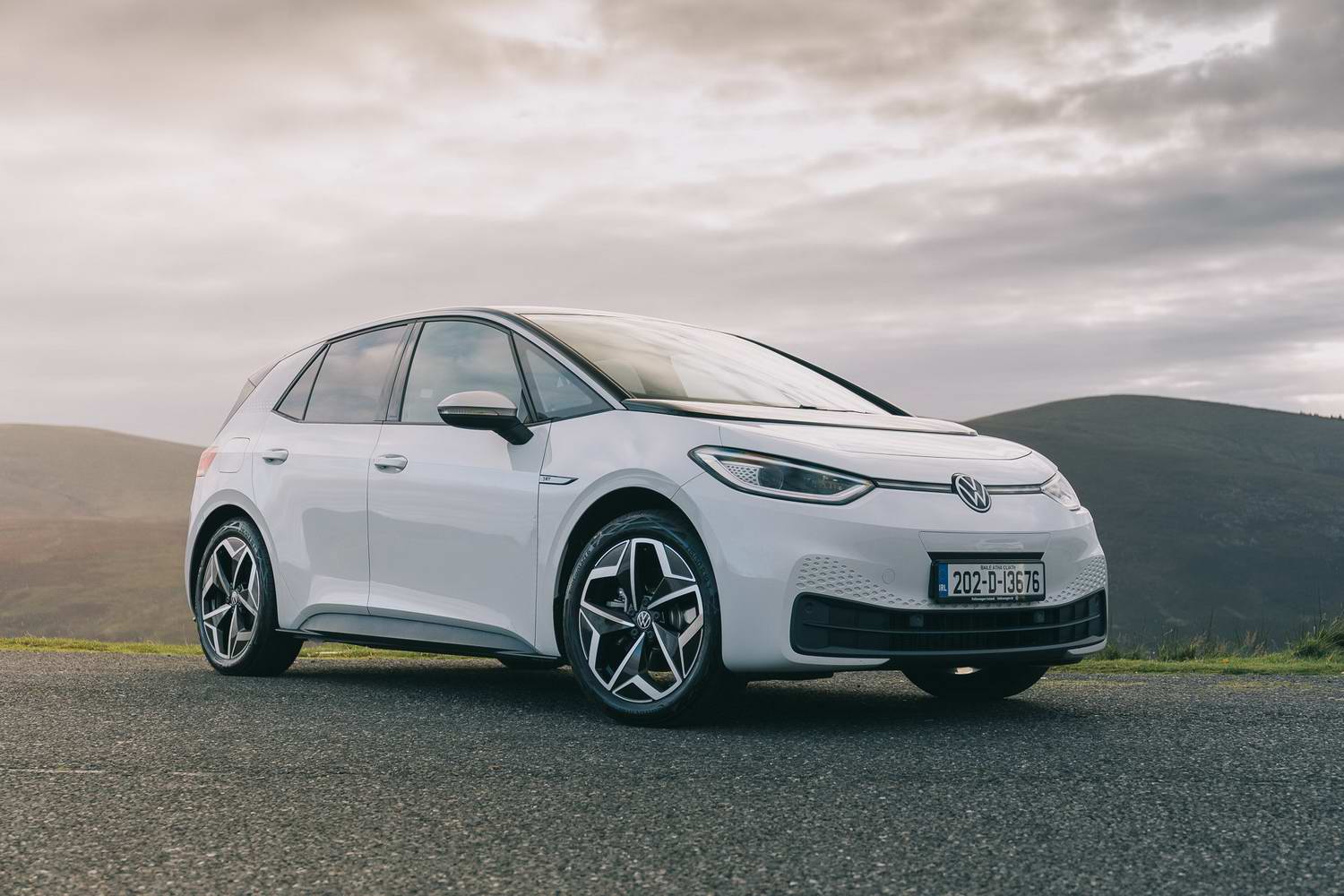Audi adds an expected plug-in hybrid version to its fourth-gen A3 line-up in the form of this Sportback 40 TFSI e. It is, as you would expect of this company, a deeply proficient machine in which the balance between its petrol and electric resources has been very well engineered, but is it the 'go-to' model in the range as a result?
In the metal
Aside from an extra charging port - looking like a fuel-filler cap - sitting on the nearside front wing and discreet '40 TFSI e' boot badging, the plug-in hybrid Audi A3 Sportback looks much like any other model in the range. That is to say, nicely styled, distinctively creased and like a quality item that is sure to be coveted by thine neighbours. Similarly, inside there's not much difference, save for some hybrid-specific displays in the Virtual Cockpit cluster and on the 10.1-inch MMI screen in the dash, as well as an 'EV' button on the row of switches sited below the physical climate control interface. Bear in mind the TFSI e loses quite a bit of boot space compared to its more conventional stablemates, however, the Sportback version (standing at a minimum 280 litres) fully 100 litres down on a 'plain' TFSI model with all five seats in play.
Driving it
If you don't fancy a 1.5 TFSI or a 2.0 TDI model of the A3, and the mild hybrid 35 TFSI isn't enough electricality to float your boat either, then the plug-in hybrid looks to be the obvious choice. But it is beholden of us to point out that the TFSI e doesn't use the newer 1.5-litre TFSI engine employed elsewhere in the A3 range; rather, the hybrid deploys the older 1.4-litre four-cylinder petrol engine with electrical assistance. In fact, on the face of it, the specifications look almost identical to the old A3 Sportback e-tron's launched way back in 2015, which is unsurprising because the two hybrid hatchbacks share so much.
However, do a little digging around in the spec sheets and the upgrades from A3 e-tron to A3 TFSI e become apparent, making this more than simply the e-tron hardware in the fancy new Mk4 A3 frock. For instance, while the front-wheel-drive 40 TFSI e's peak system outputs of 204hp and 350Nm are identical to those for the model it supersedes, resulting in the same 0-100km/h time of 7.6 seconds, the new hybrid from Audi has a more powerful electric motor - 80kW (or 109hp), instead of 75kW (102hp) previously. It also has a lithium-ion battery pack of 13kWh, fully 48 per cent larger than the 8.8kWh unit on the e-tron. All of this means it is marginally faster flat out at its limited hybrid top speed of 227km/h, as well as in electric mode (140km/h limited, as opposed to 130km/h previously) - and it has an all-electric 'city scooting' 0-60km/h time of 5.2 seconds, a number that is not to be sniffed at. But it's not the speed you want to focus on, it's the electric range - WLTP-ratified, the 40 TFSI e can go up to 65km without using its internal combustion engine at all, while the e-tron was only ever capable of 50km... and that was on the discredited NEDC test, which means it would more like have struggled to do 30-35 zero-emissions kilometres in reality.
So, is the 40 TFSI e therefore the first new A3 model you should be looking at as a potential buyer, then? Well... yes. And also, no. We have to stipulate our usual caveats with regards plug-in hybrids, these being that you have to be the 'right' type of driver to get the best of them and you must require the lower tax implications of owning a plug-in hybrid to override any other purchase considerations. Because the 40 TFSI e does not deliver some sort of seminal driving experience at all, despite the fact it is the most powerful current A3 this side of an S3.
The reason for this is weight. Adding a bigger battery pack is great for EV range and so on, but it results in the 40 TFSI e clocking in at a portly 1,635kg - easily the heaviest of any new A3 model. So, the performance doesn't feel that sprightly, considering the 204hp and 350Nm on-paper figures, and it's a sensation exacerbated by the fact the hybrid has an older six-speed S tronic dual-clutch transmission, rather than the more cutting-edge seven-speed unit - longer gearing means you feel the need to work the engine harder, which results in rather coarse and raucous behaviour from the ageing 1.4 at higher revs. Furthermore, the excess weight in the chassis seems to unsettle the car, rather than calming it down, so it doesn't ride or handle with the same fluency as a Mk4 A3 without any electric components onboard.
It is, of course, very serene when you've got some electrical reserves to call upon, with decent low-speed ride, and strong suppression of both tyre and wind noise magnifying the quietness brought about in the cabin by the simple expedient of there being no engine contributing vibrations to the passenger compartment. But such strengths are totally dependent on you regularly charging the A3 40 TFSI e from a mains socket; we tried using the petrol engine to recharge a deflated battery later on during our test drive and it failed to put another bar on the meter in the dashboard across a reasonably challenging 50km route. So, if you do fail to plug the Audi in on a frequent basis, what you've essentially got is a noisy 1.4-litre petrol engine with 150hp trying to haul around getting on for 1.7 tonnes of car. And that, we are sure you can work out for yourselves, doesn't exactly lead to diesel-like fuel economy returns.
What you get for your money
Audi will sell the 40 TFSI e as both an SE and an S line, the former kicking off at €42,170 and the latter commanding a basic list price of €45,375. Exact specifications will closely mirror those of the SE and S line regular models of the A3 range, although more than €45,000 for an S line is not the cheapest figure in the world. Among the standard kit will be a Mode 3 charging cable, allowing the 40 TFSI e to hook up to 11kW AC public charging stations - Audi's e-tron charging service also gives A3 owners access to more than 150,000 top-up points across Europe.
Summary
The plug-in hybrid running gear is neatly integrated into the latest Audi A3 and the resulting 40 TFSI e is going to make a lot of sense from a financial perspective. It doesn't quite make such a convincing case for itself from an emotional viewpoint, however, as its drivetrain feels like 'old' technology in comparison to other engines in the A3 family and it certainly doesn't feel as fast as its 204hp output might suggest. As with so many plug-in cars, the 40 TFSI e is the perfect match for semi-urban commuters, in this case who have always wanted a compact Audi with some zero-emissions capability and a classy cabin. For everyone else, there are better cars in the A3 range than this.




















